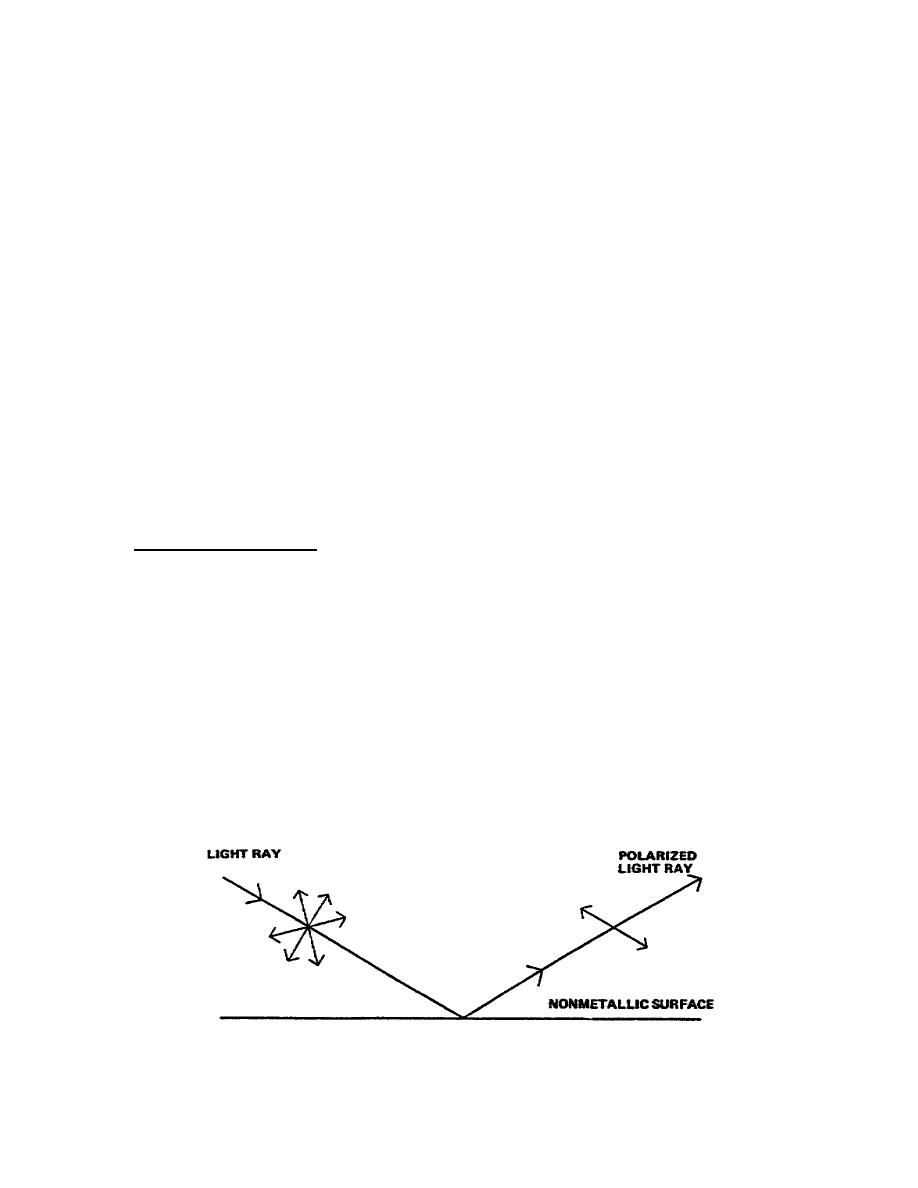
a. Haze is the scattering of blue and UV light by moisture in the air.
It increases with distance, obscuring objects that are far away.
You see
only the visible blue portion of the haze, but your film sees the UV portion
as well. If you shoot a distant scene without a UV filter, the picture you
get will often look much hazier than it did to your eye. Using a UV filter
will block the invisible portion of the haze so that the photograph will
look about as hazy as your eye saw it. A UV filter will not make distant
scenes look sharper than you saw them in the first place.
b. UV filters will also do nothing about smoke, clouds, or fog, which
aren't true haze, although they often resemble it. You can make a picture
look less hazy than your eye saw it by using a filter which blocks blue
light, such as yellow or red. These filters will make a photo look sharper
than the scene your eye saw, but they will also change the rendition of
other colors. But don't forget, a no. 8 yellow filter is equally effective
at cutting haze, and it corrects the tones as well.
c. So why use a haze filter at all?
First of all, it has no filter
factor, where a yellow filter usually requires a one stop-increase in
exposure. And second, the haze filter is often placed on a lens to protect
it, especially outdoors where the camera is likely to get rough use. If the
haze filter gets scratched or pitted, it can be replaced for only a few
dollars.
But if the front element of a lens gets damaged, it can cost
hundreds.
4.
Polarizing filters look a lot like neutral density filters, and in a
pinch can be used the same way, but their real purpose is far more exciting.
They darken blue skies, they remove or reduce reflections from nonmetallic
surfaces such as water or glass, and they penetrate haze.
a. To understand how polarizing screens work, you need to know a few
more things about the nature of light. Light rays travel in straight lines.
Light rays also vibrate in all directions perpendicular to their direction
of travel. When a light ray hits a nonmetallic surface the vibration is in
only one direction or plane, and is reflected completely.
All vibrations
are reflected by a bare metallic surface. Depending on the angle at which
you are viewing the light reflected from an object, vibrations in other
planes are reduced or eliminated completely.
This reflected light -
vibrating on only one plane - is called polarized light. The light from a
blue sky is polarized because it is reflected off the nonmetallic particles
in the atmosphere (fig 2-8).
Figure 2-8.
Polarized light
42


 Previous Page
Previous Page
